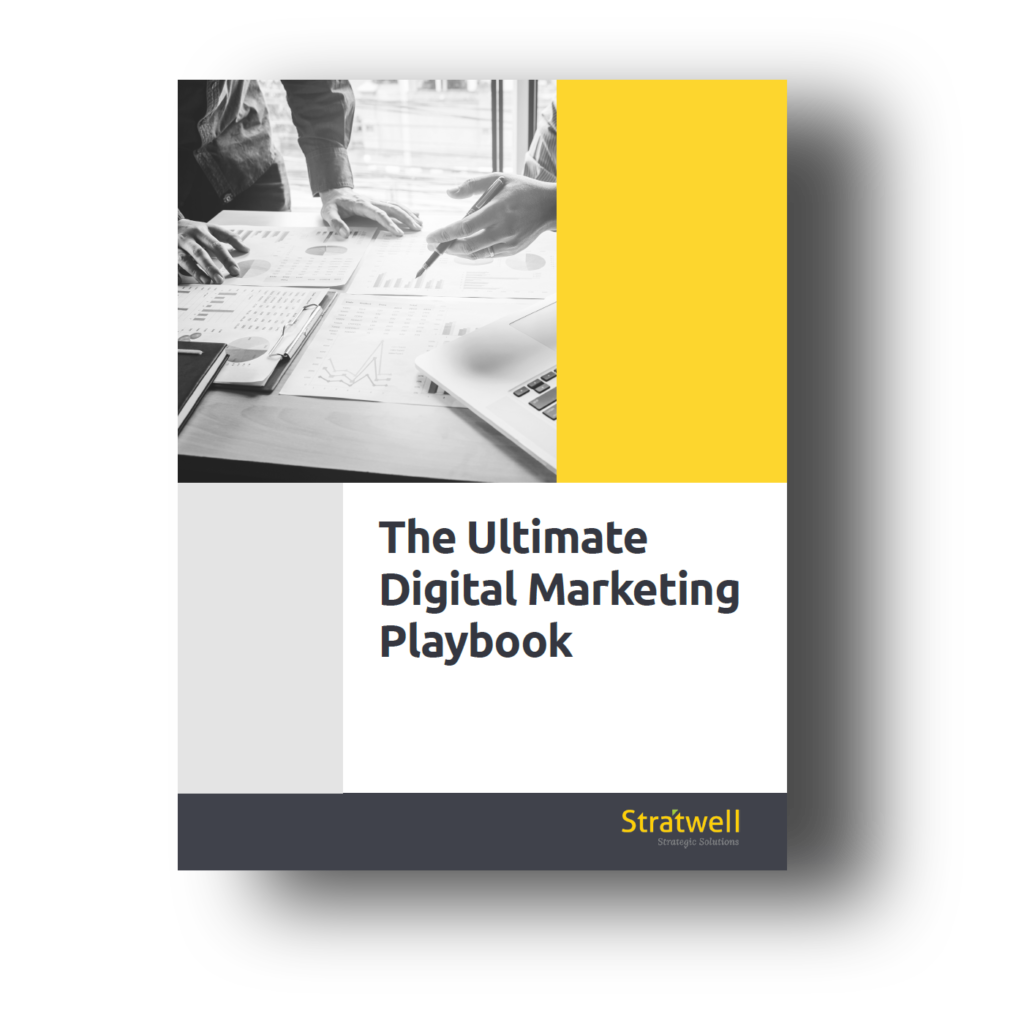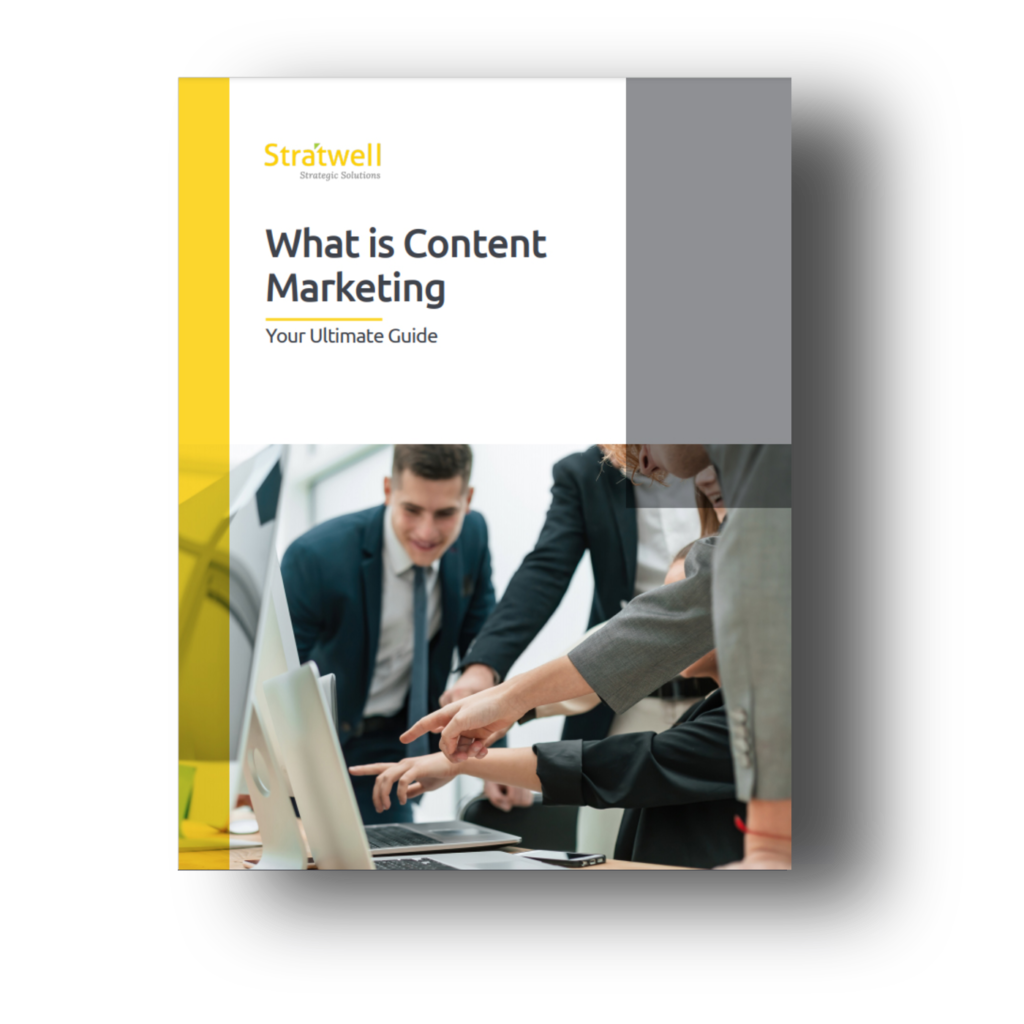The ultimate goal of any business enterprise is to turn a profit. No matter how valuable your product or service is, clients won’t be able to ever use and enjoy it if they are not aware of it. This is why marketing is so critical to the success of your business.
Today, there are many ways of bringing your brand into public view. However, very few rival the effectiveness that online advertising provide. With the number of internet users increasing with each passing day, online paid advertising is one of the most efficient channels for your brand to make itself known.
What is Paid Advertising?
Essentially, paid advertising refers to when you pay the owner of ad space for the right to use it to advertise your brand. Usually, you have to pay for this type of advertisement through bidding.
What Paid Advertising has to Offer
Paid advertising has many facets. As such, it can be easily adapted to advertise almost any type of product or service. Some benefits of using paid advertising include:
- It gives you more reach. Given the competitive nature of SEO and getting to rank on search engines, paid advertising helps you get faster results.
- It is simple and objective-based. Paid advertising doesn’t require much technical expertise to set up. In addition to this, what you spend is entirely dependent on what objective you aim to achieve.
- It provides multiple platforms to get your brand public. We’ll be discussing some of these platforms and how to utilize them in greater detail.
How to Get Started
The great thing about the various online advertising methods available today is that you can achieve great results, even with a tight budget. All you have to do is set your goals and use that to determine the best approach for you, depending on your budget and objective.
One thing that bears mentioning is that even though there are several channels available for you to advertise your brand on, you have to carefully choose the one best suited for your business.
If you would like to learn more about how to budget your digital marketing efforts, check out our blog post here.
Using Paid Search Advertising
A big part of the entire online advertising approach is using paid search. In basic terms, this is the process by which a marketer places their ad on a search engine result page (SERP) and is charged for any engagement generated from those ads. It is highly effective and explicit to the needs of users.
One common term you’re likely to encounter here is PPC advertising.
What is PPC Advertising?
In Pay Per Click advertising or PPC, you pay a stipulated fee every time someone clicks on your ad. While several platforms offer this particular service, specific platforms like Google take it to a different level.
Through paid search advertising, Google Ads lets you bid for ad placements that’ll appear in strategic locations on its SERP. In addition to this, the more relevant you’re able to make your ad, the less Google charges for each click. As such, you are able to turn more profit with your campaign.
Social Media Advertising Channels and How to Use Them
A big part of online advertising is determining what platform your target audience is likely to be on and then channeling your resources towards that area.
For example, if your audience responds best to images, one of the best platforms to engage with them is Instagram. In the same vein, if your medium is video, YouTube or Vimeo is great for getting your message across.
In this article, we’ll be addressing some major platforms and how to maximize your paid ads approach on them.
This platform is great for reaching a wide audience. As with other methods of online advertising, carefully understanding the options available can help you determine your decisions.
The various types of Facebook ads include:
- Image ads
- Video ads
- Video poll ads
- Carousel ads
- Slideshow ads
- Collection ads
- Instant experience ads
- Lead ads
- Dynamic ads
- Stories ads
- Messenger ads, and so on.
To get the most of paid ads on Facebook, here are some simple tips you can follow.
- Properly sample your target audience before broadening the scope of your campaign.
- Employ the use of Facebook Pixel. This is a small piece of code you can use to monitor your conversion as well as carry out processes like remarketing.
- Don’t skimp on video and picture quality.
- Make sure that everything is working properly. Test everything constantly and frequently.
- Constantly track and look for ways to optimize your performance.
This channel of engagement is one of the best resources B2B companies can tap into. It possesses unique functions and tools that make it easier for B2B marketers to find and connect with their audience.
Some ad types you’ll be exposed to on the platform include,
- Sponsored content
- Sponsored InMail
- Text ads
- Video ads
While LinkedIn might demand a slightly higher budget commitment, it makes up for it amply by putting your brand in the right place on its purely professional platform.
This platform is specifically tailored towards achieving objective tied to improving,
- Brand awareness
- Lead generation
- Engagements
- Getting video views, and/or
- Securing conversions for your website.
Paid ads on this platform help you promote your brand through posts or stories directed at your audience’s Instagram feeds. They usually differ from other Instagram posts as they always carry a “Sponsored” label.
The cost of running paid ads on this platform is determined by variables such as the format of the ad, placement and the time of year.
The types of ads available on the platform include,
- Stories ads
- Explore ads
- Video ads
- Collection ads
- Instagram shopping ads, and so on.
Ultimately, choosing the best ad for you depends on your goals and what you hope to achieve.
Some helpful tips to help you make the most of Instagram paid ads include,
- Properly identifying your audience and their needs. Make sure you take the best approach that adds value to your target audience.
- Words are precious here, so choose your text wisely and make the most of the 2, 000 characters you have at your disposal.
- Engage constantly.
- Continually measure your progress and look for ways to fine tune your approach.
Using Native Advertising as a Tool
Another productive and creative way to use paid ads is through native advertising. Essentially, native ads fuse with and naturally appear in the user experience of a website. It is quite profitable and provides an unparalleled level of engagement. This is largely owing to the fact that the advertising doesn’t antagonize or contrast the feel of the page’s original content.
The various types of native advertising include,
- Content promotion
- Promoted listings
- Paid search ads
- In-feed units
- Custom ads
To achieve the best results using native advertising you need to,
- Clearly define the goal of the ad.
- Identify and properly define your target audience. Tailor your material specifically to your target audience.
- Promote the right piece of content for your business or brand.
- Ensure that your ads link with this content.
- Constantly retarget.
Used right, native advertising can be a very powerful game changer. It presents your brand in a compelling and captivating light, helping you get that much closer to achieving your goal of making lasting conversions.
Conclusion
Navigating the world of online advertising methods can prove imposing and challenging, especially if you have little prior knowledge of the field. However, the results that paid advertising produces are undeniable. Taking the time to carefully sift through the various options available to you can certainly prove worthwhile.
Is this article helpful? Comment below and let us know!
Enjoy this article? Subscribe to get similar articles delivered to your inbox and don’t forget to share it with your friends.
Other Related Blog Posts:
Alan Lo, Managing Partner of Stratwell Strategic Solutions, brings a decade of entrepreneurial and business development experience. Early in his career he was instrumental in building out the distribution channels of a real estate investment firm with over $2 billion in AUM. He has then founded an investment company in 2014 which he successfully exited in 2019.












2 Comments
Great post. I am impressed!
Thank you and best of luck.
Thanks for the kind comment, Veola!